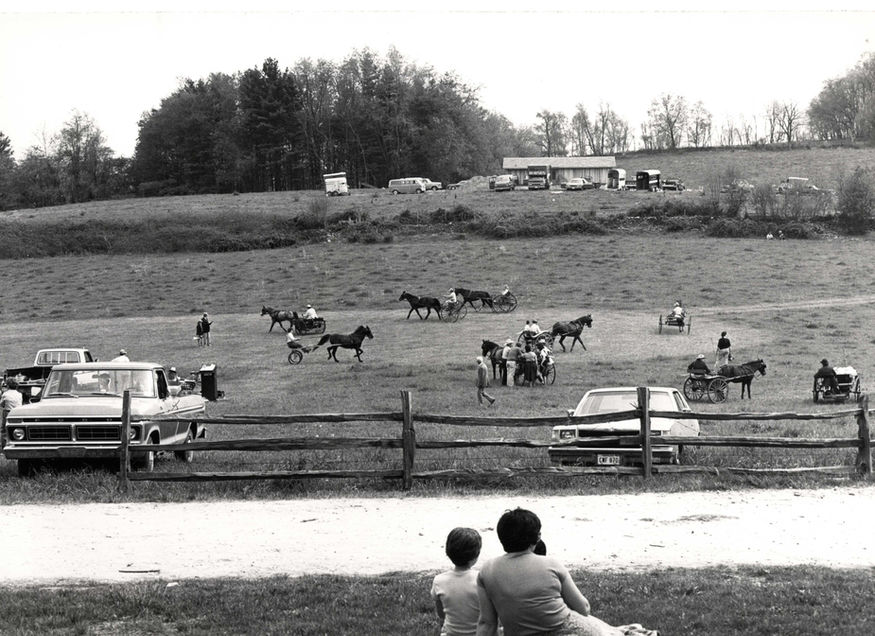
MUSEUM HISTORY

A Vision Begins
In 1957, Bel Air native J. Edmund Bull retired from his role as Vice President of the First National City Bank of New York and returned to Maryland. He purchased a farm between Dublin and Whiteford—land that would become the home of Steppingstone Museum.
A Passion For Craftsmaship
Bull’s interest in woodworking tools came from his family: both his father and grandfather were Harford County builders. In 1958, he acquired their tool collection and began expanding it, searching local auctions and estate sales for crafts and tools from the late 1800s and early 1900s.


Opening to the Public
By 1969, Bull’s growing collection surpassed 6,000 hand tools. After restoring several of the farm’s buildings, he opened his displays to the public.
The Steppingstone Museum Association
In 1970, a group of volunteers formed the Steppingstone Museum Association, dedicated to preserving and growing Bull’s collection. Over the years, the organization expanded to include an 18-member Board of Directors, a small professional staff, and a large network of volunteers.


Bull's Lasting Legacy
Bull’s dedication to history reached far beyond Steppingstone. He served as President of the Harford County Historical Society, was a member of the Maryland Historical Society and the Bel Air American History Club, and authored the three-volume series Revolutionary Harford County.
Today, Steppingstone Farm Museum stands as a living tribute to Bull’s vision, preserving the craftsmanship, tools, and traditions that shaped Harford County.
From the Archives










